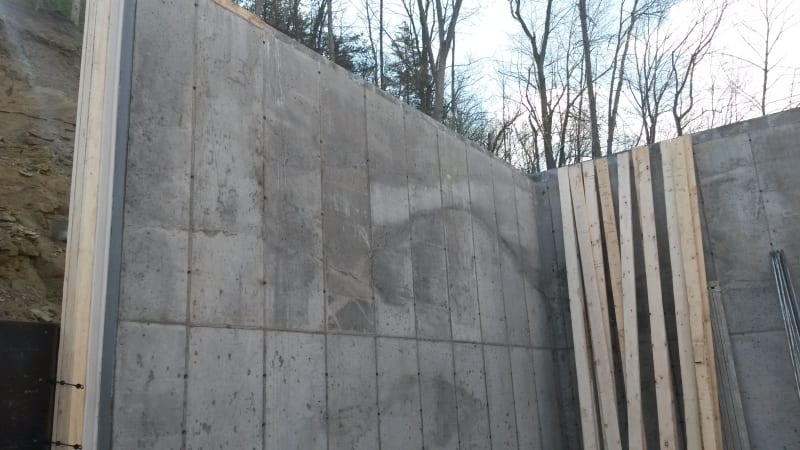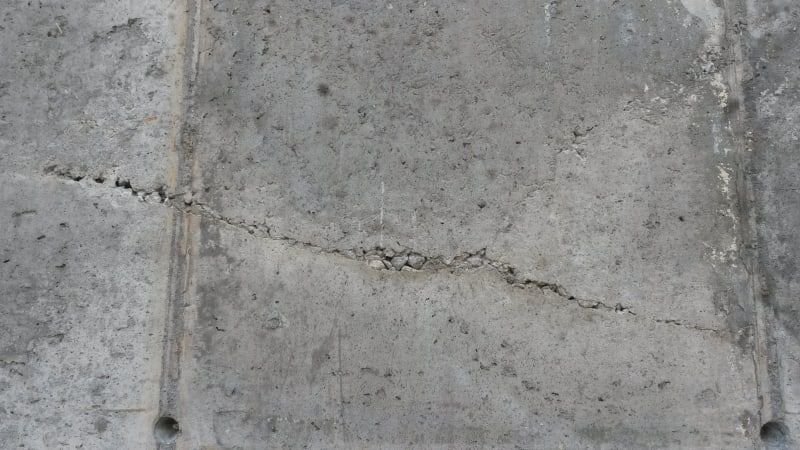BouncedPod
Structural
- Apr 10, 2014
- 16
We are currently in the process of constructing a water storage reservoir with 16' high 12" thick concrete walls. When I was on site, I noticed a cold joint approximately mid height and the full length of one of the walls (see the attached photos).

 The contractor said that they got a batch of dryer concrete that led to the cold joint (even though plasticizer was added to the mix). What does everyone think would be the best fix for the problem? I have been tossing around the idea of epoxy injection or using a non-shrink grout with an epoxy paint finish. As far as the strength of the wall is concerned, the vertical wall bars are continuous from top of footing to top of wall, and there is plenty of reinforcement when considering shear friction. I am more concerned with the water penetration into the wall than I am with the strength of the wall.
The contractor said that they got a batch of dryer concrete that led to the cold joint (even though plasticizer was added to the mix). What does everyone think would be the best fix for the problem? I have been tossing around the idea of epoxy injection or using a non-shrink grout with an epoxy paint finish. As far as the strength of the wall is concerned, the vertical wall bars are continuous from top of footing to top of wall, and there is plenty of reinforcement when considering shear friction. I am more concerned with the water penetration into the wall than I am with the strength of the wall.


